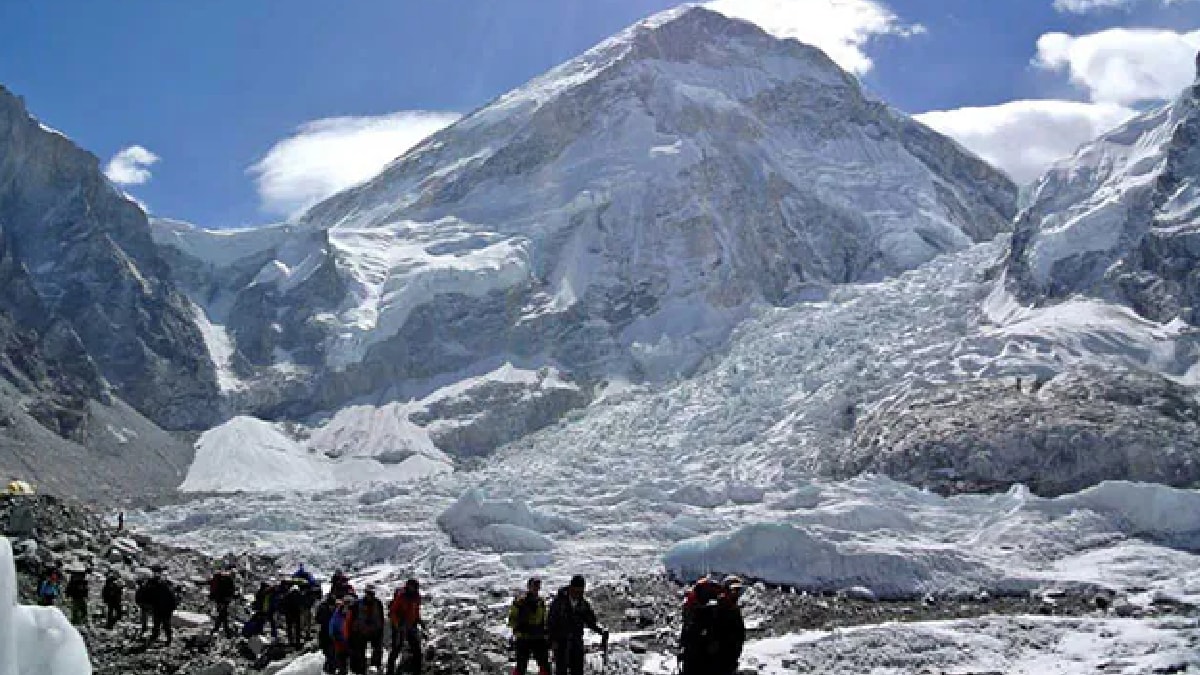Earthquake Tibet may split into two parts earthquake risk will increase in North India says Study

This study was presented at the annual meeting of the American Geophysical Union. of ndtv Report According to this study was led by geophysicist Lin Liu of Ocean University of China.
Researchers have said that their discovery has revealed that the world’s highest mountain range may be more complex than previously thought. The Himalayas are the youngest formations in the world and are constantly rising due to the collision with the Eurasian plates.
The study also says that due to all this, more earthquakes may occur in North India, North-East India and Tibet. This study is based on the analysis of earthquake waves coming under Tibet and gases rising to the surface.
It is noteworthy that in recent years earthquakes have been occurring in the Indian region and surrounding countries. Hundreds of people lost their lives in the earthquake that occurred in Nepal a few years ago. Earthquakes are also occurring in areas of China. Earthquake incidents are increasing in North India. In many media reports, experts have been quoted as saying that a major earthquake may occur in the North Indian region.
However, this study may give geophysicists an understanding of how tectonic plates interact. It can also help scientists in predicting future earthquakes.